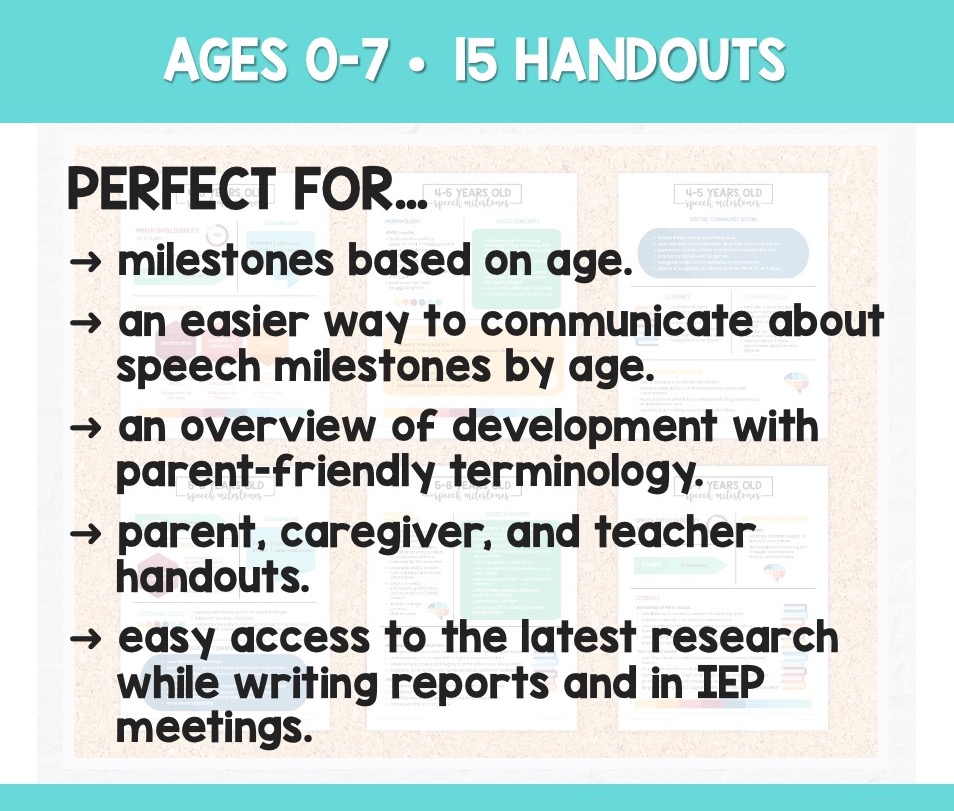
Imagine standing in a room filled with toddlers, each babbling and cooing in their own unique way. Unsurprisingly, this seemingly chaotic symphony of sounds serves as an intriguing backdrop to the invaluable process of speech development. However, have you ever pondered which age is deemed critical for this vital aspect of child growth? This inquiry prompts an exploration not only into the timeline of speech milestones but also into the various stages that children traverse as they hone their linguistic skills. Such an understanding is crucial for parents, educators, and caregivers alike, as they navigate the exhilarating yet sometimes perplexing journey of fostering effective communication.
The timeline of speech development is generally segmented into discrete age ranges, each marked by significant milestones. Understanding these key demarcations allows caregivers to better gauge a child’s progress and identify any potential areas for concern. So, when does the journey of speech commence?
Birth to 12 Months: The Foundational Stage
In the nascent months of life, infants engage primarily through non-verbal means. Early interactions may consist of coos and cries, which serve as the groundwork for future speech. By the age of three months, many infants begin to exhibit vocal play, producing a range of sounds that may appear random but are crucial for their auditory development. This stage is characterized by the emergence of babbling, which typically occurs around six to nine months. As infants repeat sounds like “ba,” “da,” and “ma,” they forge neural connections essential for language acquisition.
During this period, attentive caregivers play a pivotal role. Engaging in frequent vocal exchanges and responding to an infant’s sounds fosters an enriching linguistic environment. Regularly narrating daily activities or incorporating music can stimulate an infant’s auditory senses, facilitating the transition from mere sounds to articulated words.
12 to 24 Months: The Vocabulary Explosion
As infants approach their first birthday, a remarkable transformation occurs. This stage witnesses a linguistic explosion, wherein many children begin uttering their first words. Common utterances often include terms like “mama” and “dada,” alongside labels for familiar objects. By 18 months, most toddlers should have a vocabulary of approximately 50 words. Such a burgeoning lexicon sets the stage for more complex communication.
Notably, around this age, toddlers may also start to combine words into simple phrases, such as “want cookie” or “more juice.” This melding of words offers a glimpse into a child’s burgeoning ability to convey desires and emotions more efficiently. Caregivers can facilitate this progress by reading aloud, engaging in parallel play, and encouraging imitation games that prompt word usage in various contexts.
24 to 36 Months: Sentences and Structure
Between the ages of two and three, children’s speech undergoes a significant metamorphosis. Vocabulary expands rapidly, often exceeding 200 words by the age of three. Moreover, many children begin to form simple sentences, showcasing their grasp of basic grammatical structures. Surprise often ensues as toddlers start to express thoughts, feelings, and simple narratives, revealing their cognitive development.
During this period, caregivers should prioritize creating a language-rich environment. Engaging children in conversations about their interests, providing opportunities for imaginative play, and encouraging storytelling can enhance linguistic proficiency. Nonetheless, some children may exhibit a reluctance to communicate, posing a challenge for caregivers. Early identification of potential delays allows for timely interventions, ensuring sustained progress.
3 to 5 Years: Vocabulary and Comprehension Surge
As children transition into preschool, their speech and language skills embark on an impressive trajectory. Vocabulary continues to burgeon, often reaching several thousand words by age five. Importantly, articulation becomes clearer, and children demonstrate a growing ability to enunciate words accurately.
Complex sentence structures emerge alongside an increased understanding of grammar and word morphology. Children begin to grasp concepts like plurals and verb tenses, indicating significant cognitive and linguistic advancement. During interactive play and structured activities, caregivers can challenge students to ask questions, initiate storytelling, and engage in discussions, all of which foster further development.
5 Years and Beyond: Refinement and Social Communication
Upon reaching school age, the focus shifts toward refining communication skills and applying them within social contexts. By age six, many children possess the ability to recount detailed stories, express opinions, and understand the nuances of conversation. Peer interactions become instrumental in shaping pragmatic language skills, encompassing turn-taking, active listening, and conversational exchanges.
Encouragement of collaborative activities in various environments—such as group projects or team sports—further enhances a child’s social language skills. However, it is crucial to remain vigilant; challenges in speech and language can arise at any point. Early and ongoing assessments by speech-language pathologists can ensure that children who face difficulties receive the necessary support and interventions.
Conclusion
In conclusion, the critical ages of speech development encompass a broad range, from the foundational babbling of infancy to the refined communication skills of school-age children. Each stage presents unique milestones that reveal a child’s growing capacity for language and social interaction. Understanding these milestones not only empowers caregivers but promotes early identification of potential challenges. By fostering rich linguistic environments and engaging in meaningful conversations, caregivers can play a vital role in nurturing a child’s speech and language development. Ultimately, the journey through these critical years lays the groundwork for effective communication throughout life.
